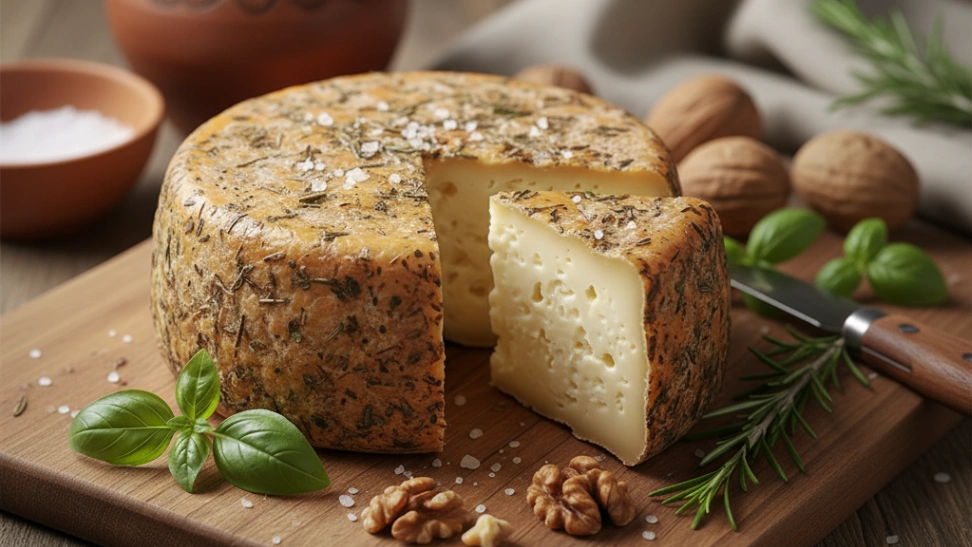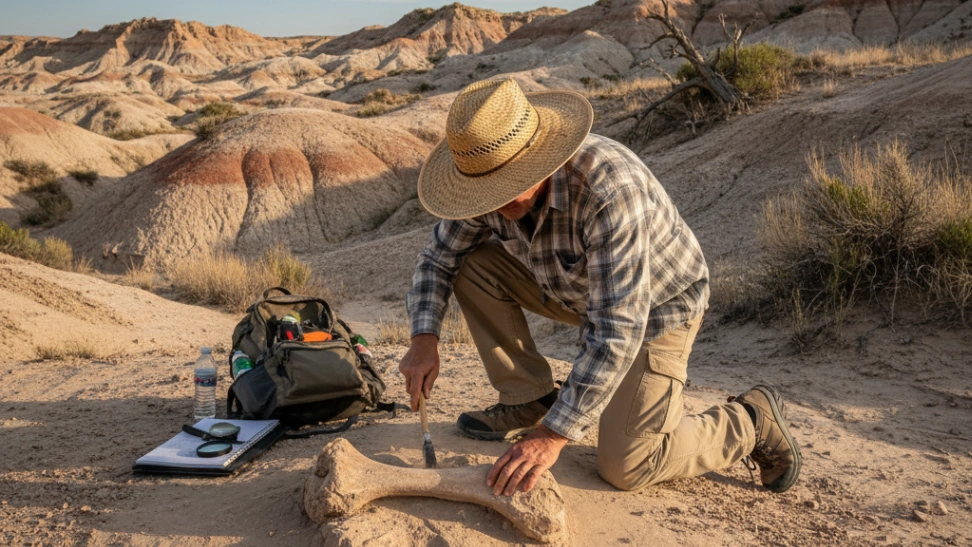Is This Hobby For You?
Perfect for patient foodies who love hands-on projects and enjoy transforming simple ingredients into complex flavors.
Why You'll Love It
- Unleash your culinary creativity by crafting unique, artisanal cheeses.
- Gain a deep understanding of food science and the origins of your dairy products.
- Enjoy the immense satisfaction of sharing homemade, delicious cheese with friends and family.
Good to Know Before You Start
- Requires significant patience and attention to detail; results can be unpredictable at first.
- Can involve a moderate initial investment in specialized equipment and ingredients.
- Requires dedicated space and controlled conditions for aging certain types of cheese.
Hobby Traits
How the community rates this hobby.
Getting Started: The Essentials
The basic requirements to begin your journey with Home Cheese Making.
Startup Cost
$146
Community-voted average
Ongoing Cost
Very Low
Monthly upkeep estimate
Essential Gear
Cheese Press
Essential for pressing curds to form firm, dense cheeses and expel whey.
Thermometer (Digital)
Crucial for accurately monitoring milk temperatures during heating and culture additions.
Rennet
An enzyme used to coagulate milk, forming solid curds; available in animal or vegetarian forms.
Starter Cultures
Beneficial bacteria that acidify milk and develop flavor profiles for different cheese types.
Cheesecloth/Butter Muslin
Fine-mesh fabric for draining curds, allowing whey to escape while retaining solids.
Large Pot
A non-reactive pot (stainless steel) for heating milk, large enough to accommodate your batch size.
Molds/Forms
Perforated containers that shape the cheese and facilitate whey drainage during pressing.
Learning Curve
Overall Difficulty: Medium
Associated Skills
Skills you can expect to develop while pursuing this hobby.
A Closer Look at the Traits
Very Calm
A deeply relaxing and meditative activity with minimal physical effort.
Very Practical
Results in a tangible skill or useful item, focusing on practical outcomes.
Purely Indoors
Best enjoyed in the comfort of your own home or a dedicated indoor space.
Moderately Mental
Primarily a mental activity, but may have some light physical components.
Mostly Creative
While there are some technical aspects, the primary focus is on creativity and self-expression.
Mostly Solo
Primarily a solitary activity, but with communities available to share your results.
Frequently Asked Questions
Hobby Traits
How the community rates this hobby.



